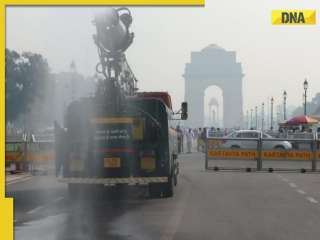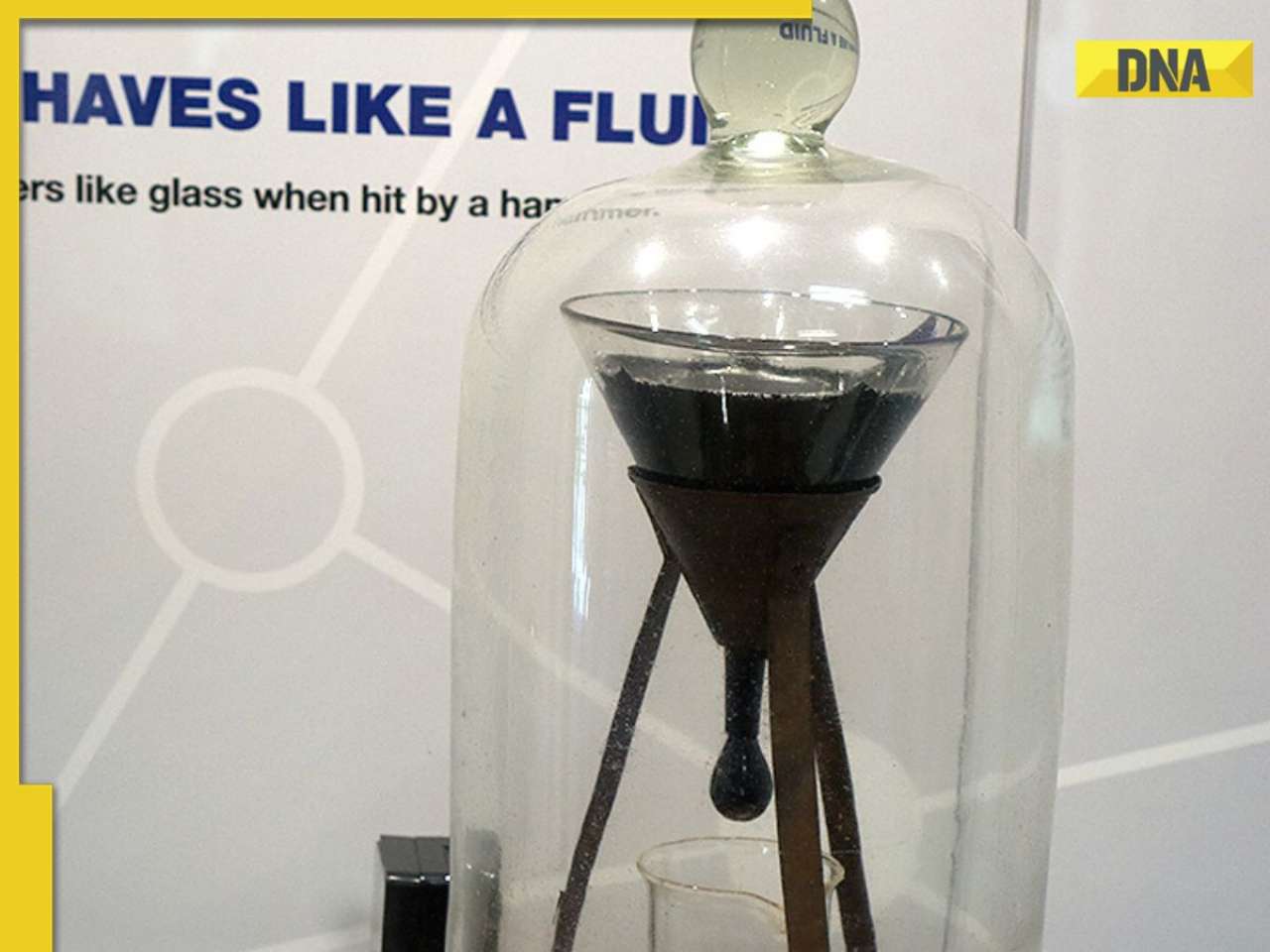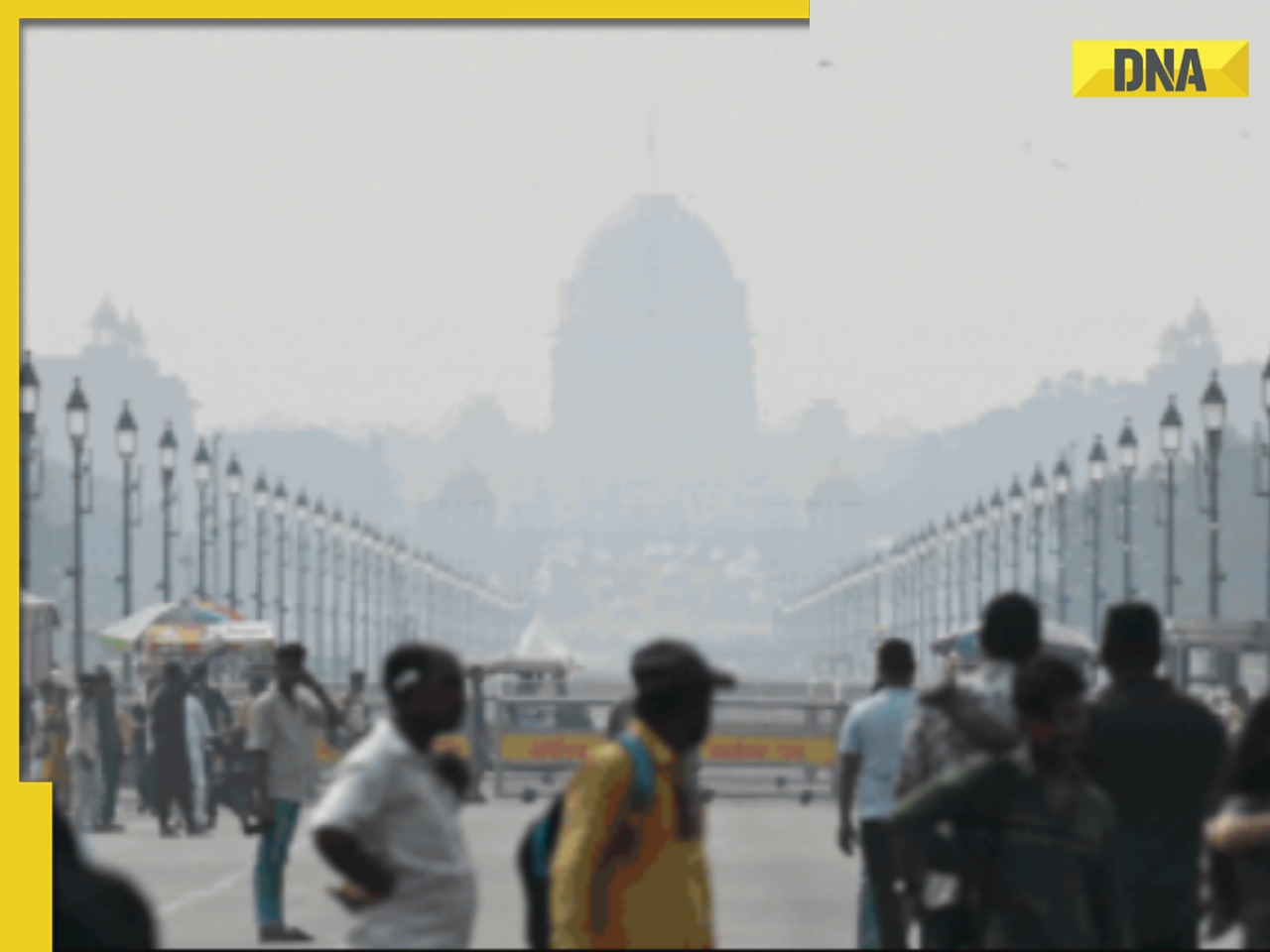- LATEST
- WEBSTORY
- TRENDING
ANALYSIS
Pathological abnormalities: Strict regulation of all labs could curb malpractices
Strict regulation with a 360-degree-coverage of all laboratories could curb malpractices
TRENDING NOW
Recently, a patient in Mumbai got his blood tested at a pathology outlet of a reputed laboratory chain. His haemoglobin (Hb) reading was 6.7. This being an extremely low level at which some intervention would be imperative, the doctor asked him to get it confirmed at another lab. So, he underwent another needle jab at a world-class hospital — the reading was 8.7. A bit shocked at such an upsweep in two days flat, the doctor asked for a third confirmatory test. Another two days and three ml blood later, the third lab, part of a prestigious chain, showed his Hb to be 9.3!
A rise of almost three points in a span of four days can happen only by divine grace or poor-quality testing. After travelling to three labs, getting three needle pricks and dipping into his savings, the patient is none the wiser.
Worse, the doctor cannot decide on his treatment. Which reading should he act upon? In Pune, a negative biopsy report of a patient was followed by a repeat biopsy that turned out to be positive. As biopsies determine the presence of cancer, the patient may have been saved by the repeat biopsy.
Diagnostic laboratories literally govern our lives. They are the first port of call for any health concern. Yet, this area of the healthcare industry is probably the most neglected and unregulated one. More than radiology units, pathology units can go horribly wrong in the absence of quality control or regulation.
In India, anyone can run a laboratory without equipment, credentials or even a physical presence — you can outsource everything. A health services chain that advertises regularly in dailies had outsourced many blood tests to a laboratory run by a non-doctor. Laboratories commonly outsource collection and processing of all sorts of tests at a huge margin and without any quality control checks.
All that a professional laboratory could get as a badge of honour is a voluntary NABL accreditation, which is only a stamp of authenticity, not a quality certificate. Though no official data is available, one could safely say a majority of the labs in the country are not accredited.
In July, the Medical Council of India caused a stir by declaring that only MBBS doctors could sign test reports of pathology laboratories. Prompt protests have followed and we are yet to hear more, but it is well known that signatures of many pathologists in this country find their way on reports they have never seen. Laboratories have been known to authorise its agencies to use its letterhead, as well as sign on behalf of one single doctor whose login details are openly shared. Technicians sign reports as doctors with impunity.
Healthcare is the only area of commercial enterprise where the products and services are wholly outside the consumer’s control. Unlike other services and commodities, the consumer can exercise neither his judgment nor choice. At the most, he can choose his doctor. However, there is little way of knowing whether the doctor is taking the right decisions for him, or assessing the reliability of the laboratory where he sends his samples. Thanks to the flourishing kickbacks industry, it’s tempting for doctors to opt for the most cash-friendly laboratory for his clueless patient.
Most pathology laboratories neglect the care and upkeep of collected samples as well as laboratory equipment. There are standardised SOPs for sample collection and Indian Council of Medical Research guidelines for sample transportation. All samples have a viability lifespan beyond which their testing is rendered invalid; each sample has a different timeline of viability. The world over, there are strict guidelines for sample transportation.
However, pathology laboratories here routinely ignore this critical detail while their staff is largely clueless about it. Samples are transported and tested beyond their test-by time. In India, a leading laboratory sends its samples by ordinary passenger bus across states. The repercussions are severe. A haemolysed blood sample could set off false alarms; a urine sample, if tested after three hours for culture, could falsely show up a urinary tract infection (UTI); a blood sample, tested beyond its validity period, could show haywire lipids or anaemia.
An alarming practice commonly adopted in pathology laboratories is the ‘pool’ test. About a group of samples collected for tests such as diabetes, HIV or HBV are bunched and run through one test that’s meant for one sample. Only if any one sample turns positive, the samples are checked individually to isolate that one. Missing a low positivity report is common as the samples are mixed.
All laboratory machines have to be calibrated and cross-checked for efficacy. But owners cut corners here too, in spite of the fact that they earn handsomely.
Regulation of pathology laboratories with a 360-degree-coverage of all laboratories from sample collection and transportation to signing of the report is the only way to curb malpractices and safeguard lives. This central peg in the healthcare wheel needs to be saved with Central intervention. Health, after all, is the real wealth.
The author is a senior journalist and a communications consultant







)
)
)
)
)
)
)
)
)
)
)
)
)
)
)
)





























































